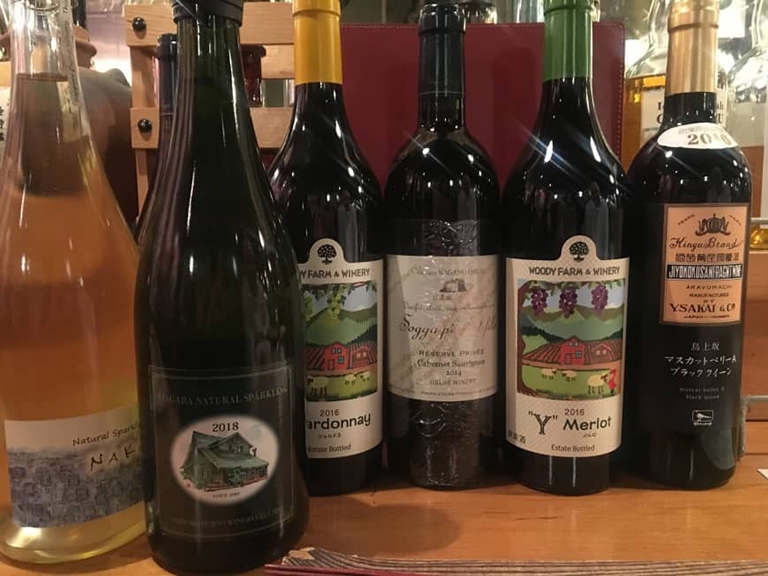TECH & CULTURE
Are native grape varieties the key to Japan's burgeoning wine industry?
May 15, 2019

A hardy breed: Koshu grapes are cultivated for their thick skins, which can withstand Japan's humid, rainy climate. | MELINDA JOE
Previously, I’d tasted several wines made from European grape varietals — in particular, Bordeaux-style blends of cabernet sauvignon and merlot, and whites made from chardonnay. For the most part, however, they left little impression on me, so I went to Yamanashi Prefecture seeking wines made with native Japanese grapes in hopes of discovering vino with real local flavor.
Specifically, I was interested in Koshu, a pink-skinned grape originally from the Caucasus that arrived in the Yamanashi region roughly 1,000 years ago. The Japanese variety is an indigenous hybrid with thick skins that can withstand the country’s humid, rainy climate (the history of winemaking in Japan is, in essence, a bitter 150-year-long battle with mold and fungus). Koshu grapes are typically used to make fresh, delicate whites, and I found plenty of these styles during my visit. But apart from a few labels, such as Grace Wine’s Gris de Koshu and Rubaiyat Winery’s Rubaiyat Koshu Sur Lie, many of the wines were so subtle as to lack any distinctiveness.
After sampling a dozen fairly insipid Koshu wines, I stumbled upon a red varietal that I’d never heard of before: Muscat Bailey A. It was developed in 1927 by pioneering winemaker Zenbei Kawakami, who founded the Iwanohara Vineyard in 1890. Struggling to find a hardy vine that could cope with the freezing conditions that plagued his vineyards in Niigata Prefecture, Kawakami bred Muscat Hamburg, a dark-skinned variety more commonly eaten as table grapes, with the hybrid Bailey grape.